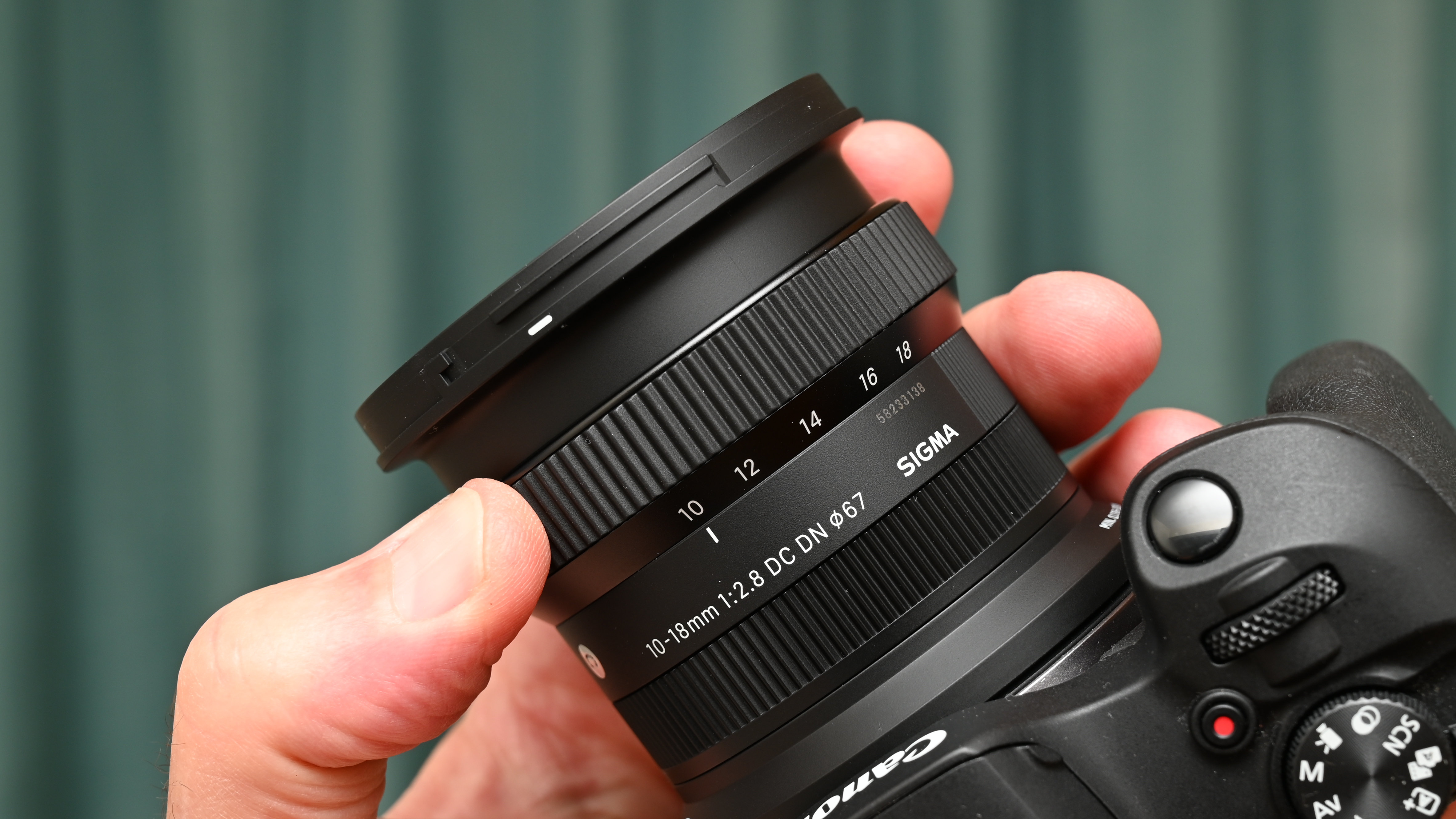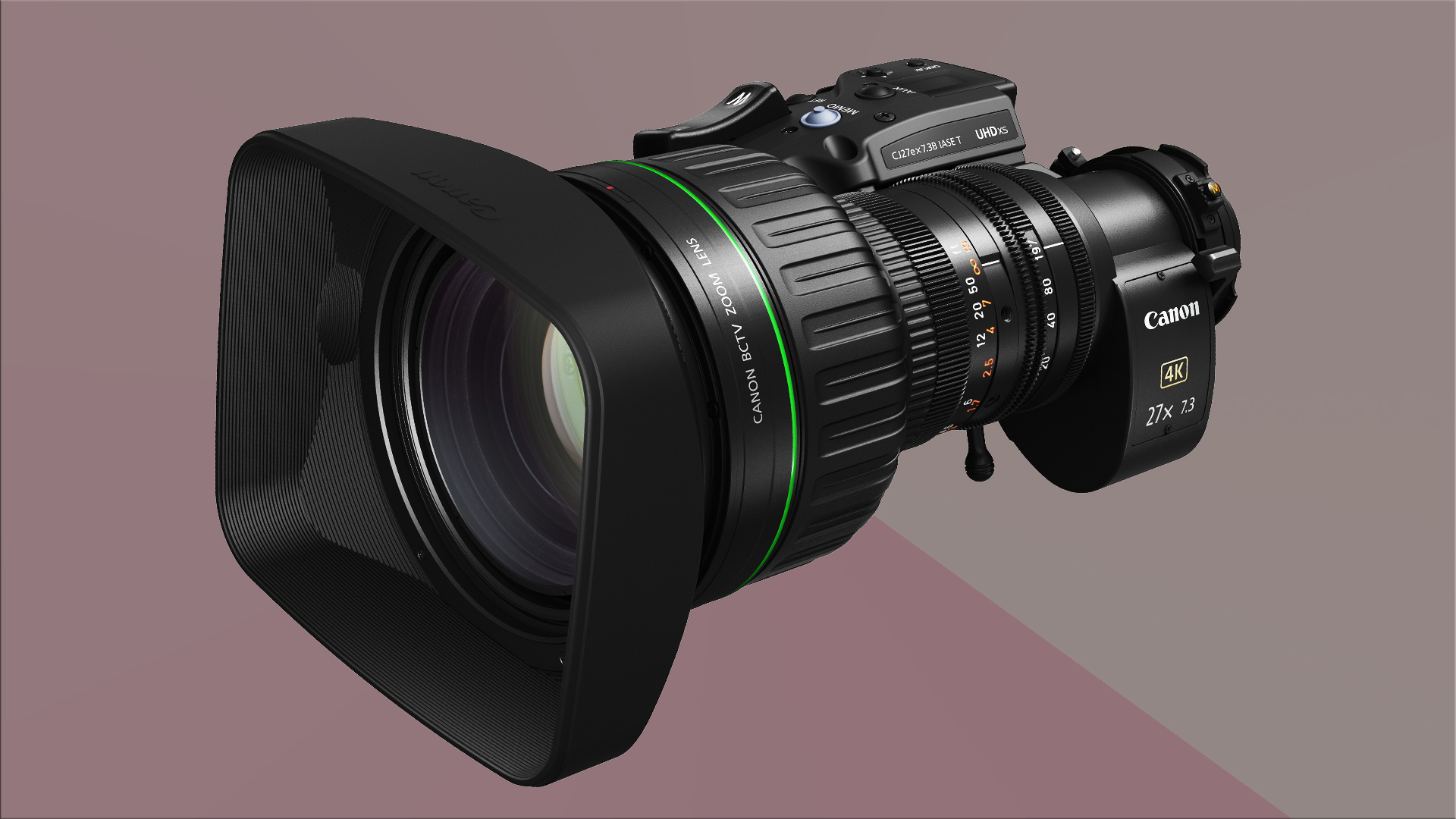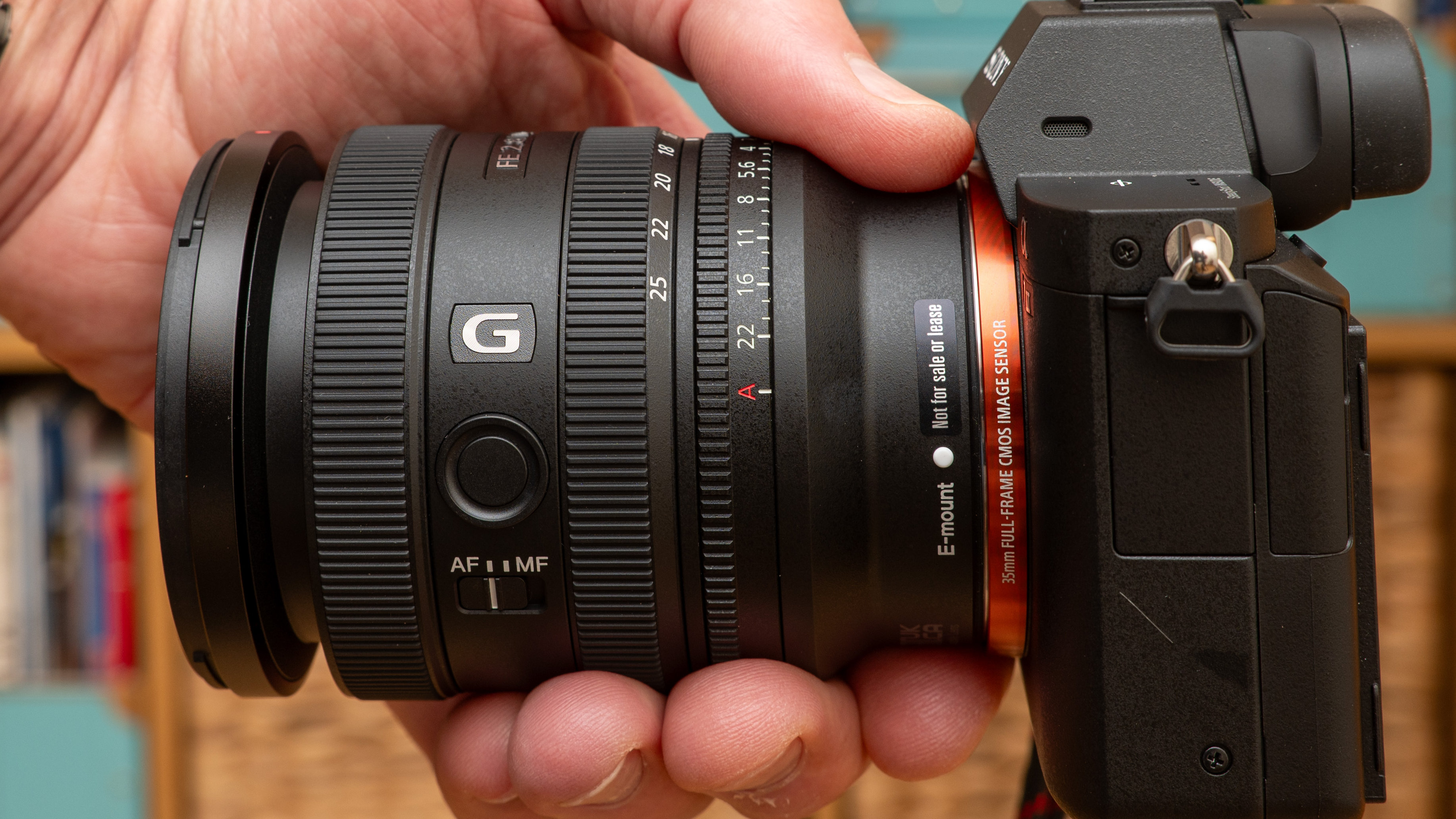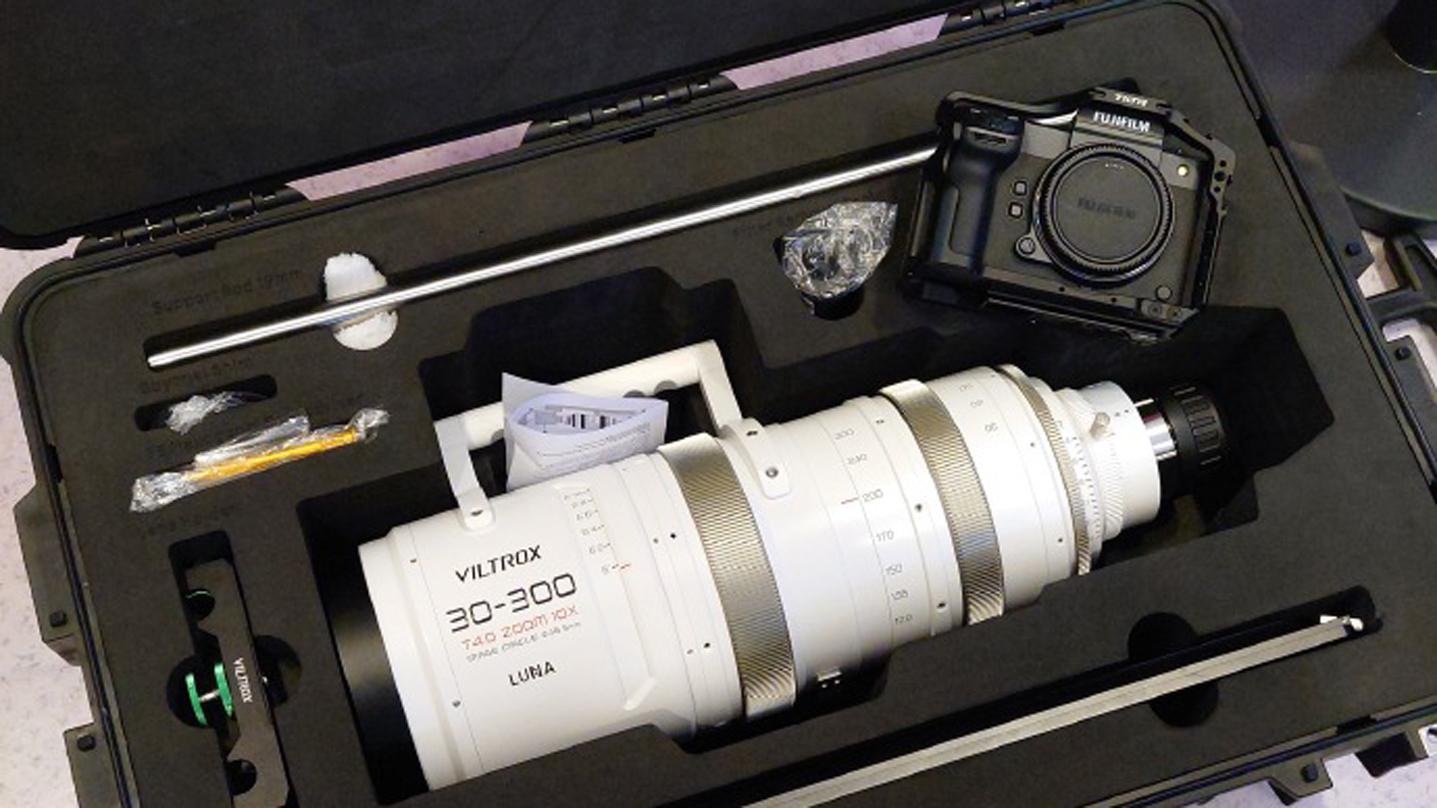12 lenses of Christmas: April 2024 - Could the wait for independent Canon RF mount lenses finally be over?
Since the launch of its mirrorless EOS R system, Canon has played its lens tech notoriously close to its chest, but the times they are a-changin’.

The advent of the mirrorless Canon EOS R system is hardly news, with the first camera and lenses dating back to late 2018. But since then, Canon has played its cards very close to its chest, to the extent that the only independently manufactured lenses have been fully manual affairs with no autofocus nor any in-lens electronics for communicating with camera bodies. That all became set to change in April, with the announcement that Sigma would be retooling six of its APS-C format Sigma prime and zoom lenses for other makes of mirrorless cameras, and developing RF mount versions. Tamron also got the green light, and set about repurposing its 11-20mm f/2.8 Di III-A RXD for APS-C EOS R system cameras. It seems that full-frame Canon shooters will have to wait longer.

Canon itself went super-high-tech, unveiling a new broadcast lens with the catchy title of the CJ27ex7.3B. Canon's first 2/3” portable lens with an mighty 27x optical zoom, it also features a built-in 2x teleconverter.

For real portability, we’ve seen a growing number of alternative ‘trinity’ lenses that are designed to be relatively small and lightweight. April saw the launch of the like-minded Sony FE 16-25mm f/2.8 G, a refreshingly compact wide-angle zoom. It’s the ideal companion to the Sony FE 24-50mm f/2.8 G that we’d reported previously.

Ranging from little to large, with price tags that follow suit, there was the announcement of the full-frame Viltrox AF 40mm f/2.5 in Nikon Z mount, the APS-C format Viltrox AF 56mm f/1.7 for low-budget portraiture, and the mighty Viltrox 30-300mm cine lens. The two primes are real featherweights with similarly lightweight price tags of around $150, whereas the cine zoom is in a different ballpark altogether.

Not to be outdone in the budget stakes, the 7artisans 50mm F1.4 launched as a tilt-shift lens for Sony E-mount and Fujifilm X-mount APS-C cameras and for Micro Four Thirds cameras. This kind of lens is notoriously expensive but the 7Artisans launched at the incredibly budget-friendly price of just $226. Although considerably more expensive at around $877, the Voigtländer Nokton 75mm f/1.5 Aspherical that was originally launched in Leica M mount, also became available for Nikon Z system cameras. In other news, the long-awaited Irix Cine 65mm T1.5 lens became available for preorder.

On the reviews front, the Hasselblad XCD 90V turned out to be the sharpest lens that we’d ever lab-tested (and we’ve tested hundreds). We actually tested a huge range of lenses in April, catering to all needs and budgets. The quick list in alphabetical order includes the 7Artisans AF 50mm F1.8, AstrHori 25mm F2.8 Macro 2.0x-5.0x, Canon RF 400mm f/2.8L IS USM, Fujifilm GF 50mm F3.5 R LM WR, Fujifilm GF 63mm F2.8 R WR, Panasonic Lumix S 24mm f/1.8, Panasonic Lumix S 35mm f/1.8, Sigma 50mm F1.2 DG DN Art, Sony FE 16-25mm f/2.8 G, Thypoch Eureka 50mm f/2 and the Viltrox AF 40mm f/2.5. Busy month!

See more from our 12 lenses of Christmas series
The best camera deals, reviews, product advice, and unmissable photography news, direct to your inbox!
Matthew Richards is a photographer and journalist who has spent years using and reviewing all manner of photo gear. He is Digital Camera World's principal lens reviewer – and has tested more primes and zooms than most people have had hot dinners!
His expertise with equipment doesn’t end there, though. He is also an encyclopedia when it comes to all manner of cameras, camera holsters and bags, flashguns, tripods and heads, printers, papers and inks, and just about anything imaging-related.
In an earlier life he was a broadcast engineer at the BBC, as well as a former editor of PC Guide.

